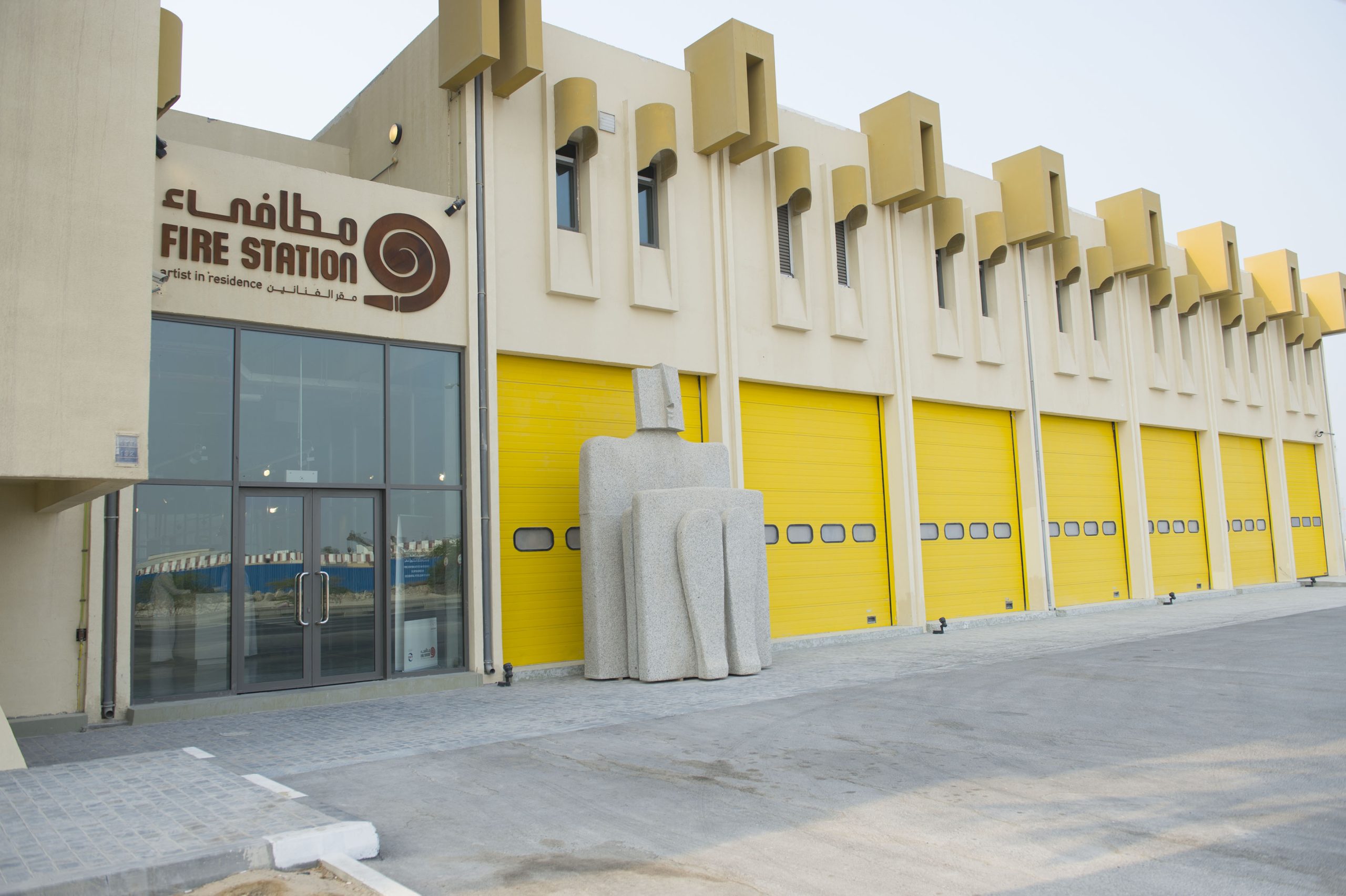
Qatar is home to the fewest number of influential women in the Gulf, according to the newly released 2014 rankings of the Middle East’s 200 most powerful Arab women.
The list, published annually by business magazine Forbes, showed that only eight Qatari women made the cut, compared to 15 women in Bahrain and 17 in Kuwait.
Women from the UAE took 26 places on the list, while Oman’s female leaders in business and government had 11 spots.
While women from the region’s most populous country, Egypt, dominated the rankings, taking up 29 spots, Saudi Arabia followed closely behind.
Some 27 women ranked in the top 200, boosted in large part by the government’s decision last year to allow women to sit on its Shura (advisory) council.
Top women
Forbes’ rankings are divided into three categories: executive management, family Business and government.
One of Qatar’s most high-profile women, the Minister of Information and Communications Technology Dr. Hessa Al Jaber, was the only female from the country to make the top 10 of any of the lists, coming in fifth place in the government category.
Al Jaber, who heads up state telecoms regulator ictQatar, is widely regarded as having significant influence. In a list of the 100 most powerful women in the region last year, compiled by Middle East business magazine CEO, she came in 20th place – up 10 spots from 2012.
Meanwhile, in the executive management category, only one Qatari woman, QNB Capital CEO Mira Al Attiyah, made the list. Her company is an investment banking subsidiary of QNB Group.
This is the first time Forbes has included the executive management category for the power women list, reflecting the increasingly significant role of females who are taking senior roles in the corporate world.
Al Attiyah was only appointed to the position in July, after working as assistant undersecretary for trade at Qatar’s Ministry of Economy and Commerce. She took 19th place in the list of 56 positions.

Qatari women fared better in Forbes’ family business category, with six women ranked out of a total of 85 entries.
None made the the top 20, but Sheikha Hanadi Al Thani, Chairperson of Amwal – the first investment firm to be licensed by Qatar Central Bank – took 27th place.
The other Qatari women in this list include:
- Ibtihaj Al Ahmadani, executive manager of Ahmadani Group (61st);
- Dr. Nawal Alem Al-Chaarani, president of Health & Beauty Group (69th);
- Natra Saeed Abdulla, owner, founder and CEO of Artan Holding (76th);
- Layla Al-Dorani, CEO of RawME (82nd); and
- Aisha Al Bidded, founder of Darz Design (83rd).
Raja Easa Al Gurg, managing director of UAE-based Easa Saleh Al Gurg Group LLC, secured the top spot in this category, followed by Saudi Arabia’s Lubna Olayan, CEO of Olayan Financing Co.
Some business women and public figures who were celebrated in previous years are not included in the latest list.
In 2012, Sheikha Amna bint Mohammed Al Thani, then a stakeholder of Mannai Corporation, took the top spot in the Forbes list of Top 50 Richest Arab Business Women and was named one of the region’s most powerful women. She does not appear in the 2014 list.
Challenges to success
Women have increasingly been joining Qatar’s workforce, particularly in government positions, in the field of education and as entrepreneurs.
However, they still face significant obstacles in the workplace, according to Wamda, a Jordan-based organization for entrepreneurs that held a symposium on the issue in Qatar last year.
Only 35 percent of female nationals work, a target that Qatar is trying to raise to 42 percent by 2016.
WAMDAfound that some of the key hurdles affecting Qatari women’s success included a lack of flexibility, with very little part-time work available, poor child-care provisions and onerous social obligations, especially toward family.
Expat women faced slightly different challenges, including unfair sponsorship laws, lack of support from families and not being taken seriously enough when trying to negotiate salary.
Khuloud Al Omian, Editor-in-Chief of Forbes Middle East, said that the region still had a long way to go in terms of leveling the playing field for women. Female participation in the workforce in the Middle East currently stands at around 24 percent.
However, she said lists such as the Top 200 helped to raise the profile of successful women:
“The region’s women are proving their worth and it is down to the region’s collective efforts to ensure that Arab women continue to play a formative role In shaping the future, whether in the government, business or social realms.”
Thoughts?







